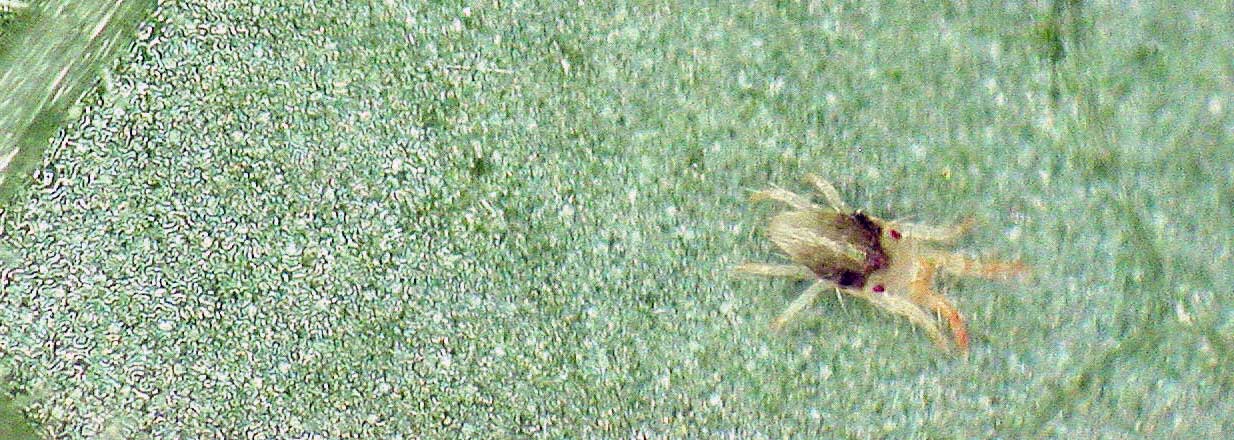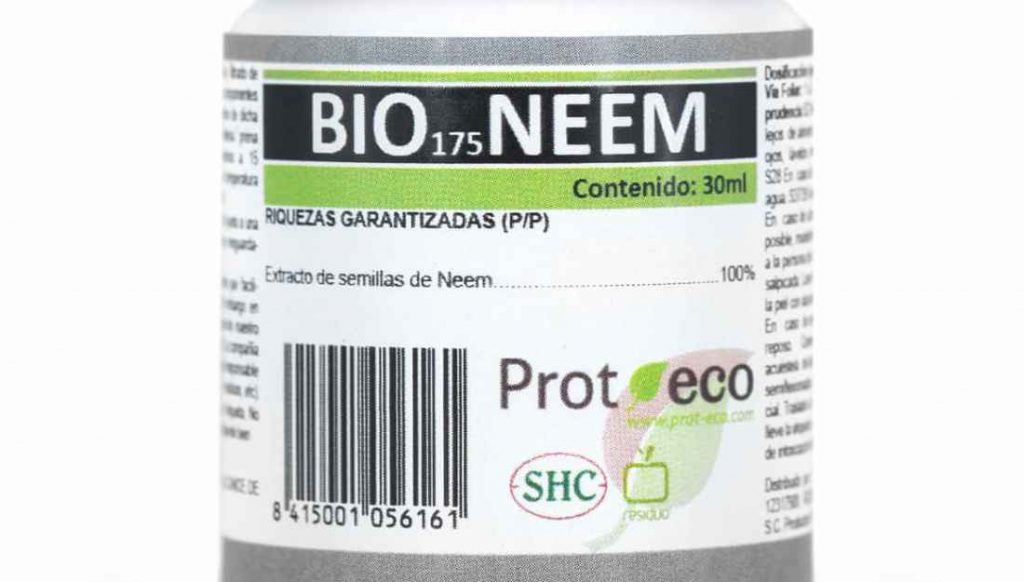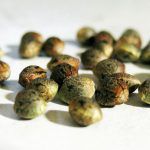Red spider mite pest, detection, predators and elimination
The spider mite, a mite with eight legs, an abdomen, and a head, is a ferocious pest of marijuana and many other plant species. Tetranychus urticae, as it is scientifically categorized, feeds on plants usually found in dry environments and is a member of the tetranychid family, Tetranychidae.

Spider mites go through several stages of development: egg, larva, protonymph, deutonymph, and adult. Adult females are reddish in color and can lay up to 200 eggs during their lifetime. Under favorable conditions of warmth and low humidity, these eggs can hatch in as little as three days, and the entire life cycle can be completed in approximately one week. This rapid development allows Tetranychus urticae populations to increase exponentially in a short time, making it a very dangerous pest for marijuana cultivation.
Spider mite infestation
Spider mite infestations are highly resistant and therefore difficult to combat. Additionally, with typically three females per male, they often result in numerous attackers. They are resilient and can mutate easily from one generation to the next.
Their size is about 0.5 mm, and they have a peculiar characteristic in terms of color. During the summer months, they are light green with two black spots, while in autumn and winter, they turn orange without spots. In short, their color varies at different stages of development, including whitish, yellowish, red-brown, and greenish, depending on the host plant or the time of year.
Damage and Symptoms
Spider mites feed by piercing plant cells and sucking out their contents, causing discoloration and yellow spots on leaves. Over time, leaves may turn brown and dry out, affecting photosynthesis and weakening the plant. In severe infestations, plants may die. In addition, spider mites produce a fine silk web, which can cover leaves and shoots, further hindering plant health.
How to detect spider mite infestation?
They are difficult to see with the naked eye, although here we will give you the keys to detect them as soon as possible. We can divide the phases of spider mite attack into three.
The first symptoms to appear are white dandruff-like dots or yellowish dust on the underside of the leaves (the underside, which is usually hidden). They accumulate along the main veins of the leaves and may even discolor the leaf to a light green-gray color. This is the first stage of the pest.
In the second stage, the spots multiply and the leaves become totally discolored and may even fall. In this second stage, we can perfectly perceive the very fine spider webs on the underside of the leaves.
The last stage of colonization is when the plants are completely covered by spider webs and the plant dies.
How does it feed on the plant?
Red spider mites are sucking insects. To feed, they are located on the underside of the leaves, since this is the area where they are least visible, in addition to having greater porosity and accessibility for their sucking mouthparts, which allows them to suck more and better. The underside of the leaves is where the stomata are located and where gas exchange takes place.
Red spider mite predators
The best known predator of the spider mite is a mite called Phytoseiulus persimilis. Similar in size to the red spider mite, it has speed in its movements to move quickly and, like the red spider mite, it adopts different colors, depending on the time of year and the color of the plant on which it is hosted.
It needs a temperature of 22 to 25ºc and a relative humidity of 80% for this predator to act easily. Temperatures above 33°C can also be tolerated, but temperatures below 15°C can lead to the death of the mite.
This red spider mite predator has a life span of approximately four to five weeks, which is more than enough time to kill the pest under optimal conditions.
Phytoseiulus, predatory mite, should be applied when the type of red spider mite affecting the plantation to be treated has been identified. To carry out this diagnosis, visual observations are made on the underside of the leaf as we have indicated above, in order to know if there really is an invasion of red spider mite.
A quantity of predatory mites of 5 per cm2 should be applied, but on other occasions the quantity is increased depending on the crop and the mass of red spider mites, reaching 18 mites per cm2.
The distribution is done uniformly throughout the greenhouse plantation. This mite is usually received in a plastic bottle with bran flour, which must be shaken to mix well and then sprinkled on the plants.
After releasing the mites, a few observations should be made with a magnifying glass on the treated plants, but on the underside of the leaves, and if the spider mite population has decreased, the method has worked. If the opposite is the case, other measures, such as insecticides, should be adopted.
Considerations in the fight against spider mites
In the event of a severe infection, it is best to discard the plant. It is preferable to throw away a single plant than to have it spread throughout our garden.
Never risk bringing in an infected specimen, or one that you suspect may be infected, in the hope of curing the plant, it is best to throw it away. Bringing a pest home may be keeping it for life, as they are organisms that can live in homes and attack new plants when they arrive.
High ambient humidity slows the multiplication of spider mites because it makes it difficult for body wastes to evaporate into the atmosphere. Generating high ambient humidity delays, but does not prevent infestation.
Using a hose with pressurized water, so that it reaches the underside of the leaves, drags quite a few individuals to the ground, where they perish. This is a solution to eliminate the bulk of the spider mites and then apply predators or insecticides, but it is not suitable for the flowering phase.
Ecological insecticides against spider mites
There are several products on the market that can help us to fight against spider mites. The best result these products give is as preventive, which is the only way to keep our crops free of spider mites. To prevent rather than cure, we must add the products on a regular basis from the beginning of the crop.
These products also serve to eliminate the pest once we have it, but this is something more complicated to achieve and is not achieved in all occasions.
Always refer to the manufacturer and experts before buying and using a product. Indiscriminate application of insecticides for the control of insects such as aphids, whiteflies or mealybugs opens the door to heavy spider mite infestations, since the insecticide will also have eliminated the populations of natural predators of these mites.
Taxonomy of Tetranychus urticae
-
- Reino: Animalia
-
- Filo: Arthropoda
-
- Subfilo: Chelicerata
-
- Clase: Arachnida
-
- Subclase: Acari
-
- Superorden: Acariformes
-
- Orden: Trombidiformes
-
- Superfamilia: Tetranychoidea
-
- Familia: Tetranychidae
-
- Género: Tetranychus
-
- Especie: T. urticae
-
- C.L. Koch, 1836
Follow us on networks to continue learning how to protect marijuana plants, we also recommend you to continue reading about the best home remedies for marijuana pests.
Founder of Experiencia Natural, creative and entrepreneur, designer, master in grower and marketing. For a normalization of all plants and substances, giving priority to patients and users.

















